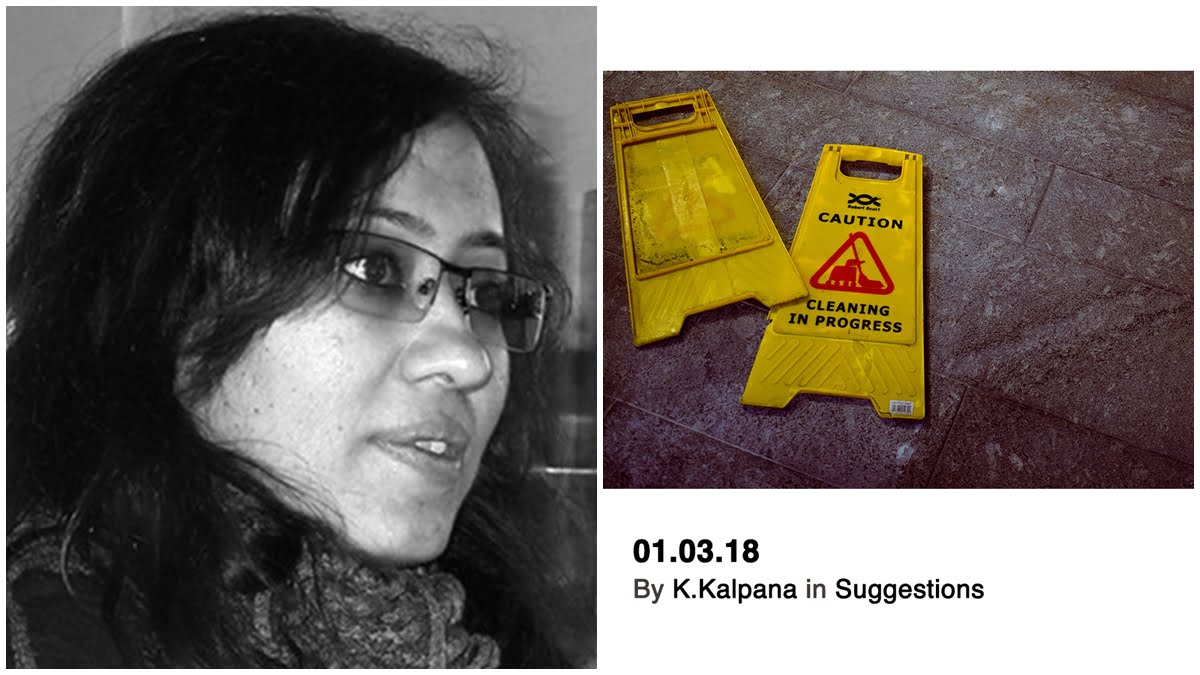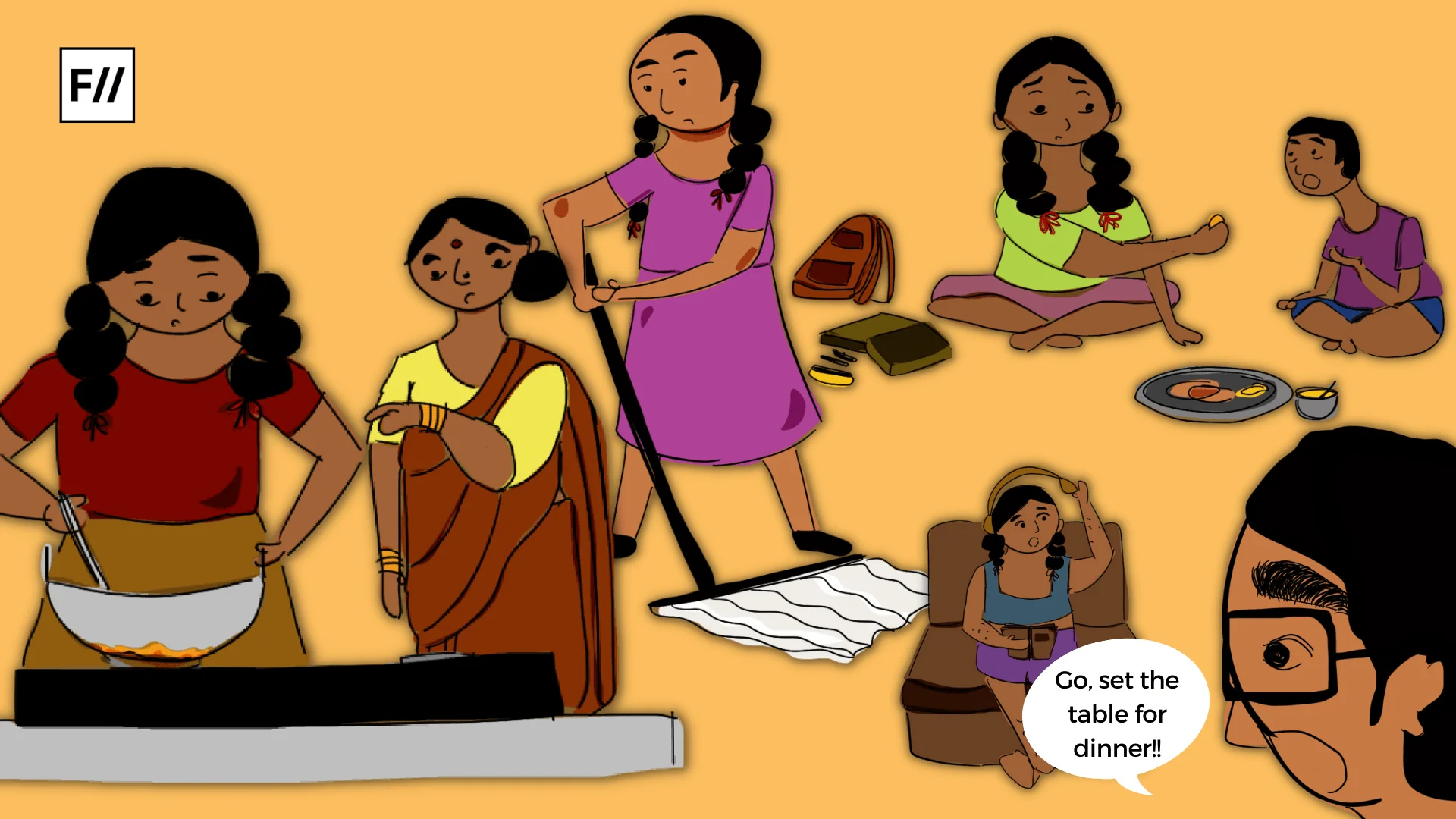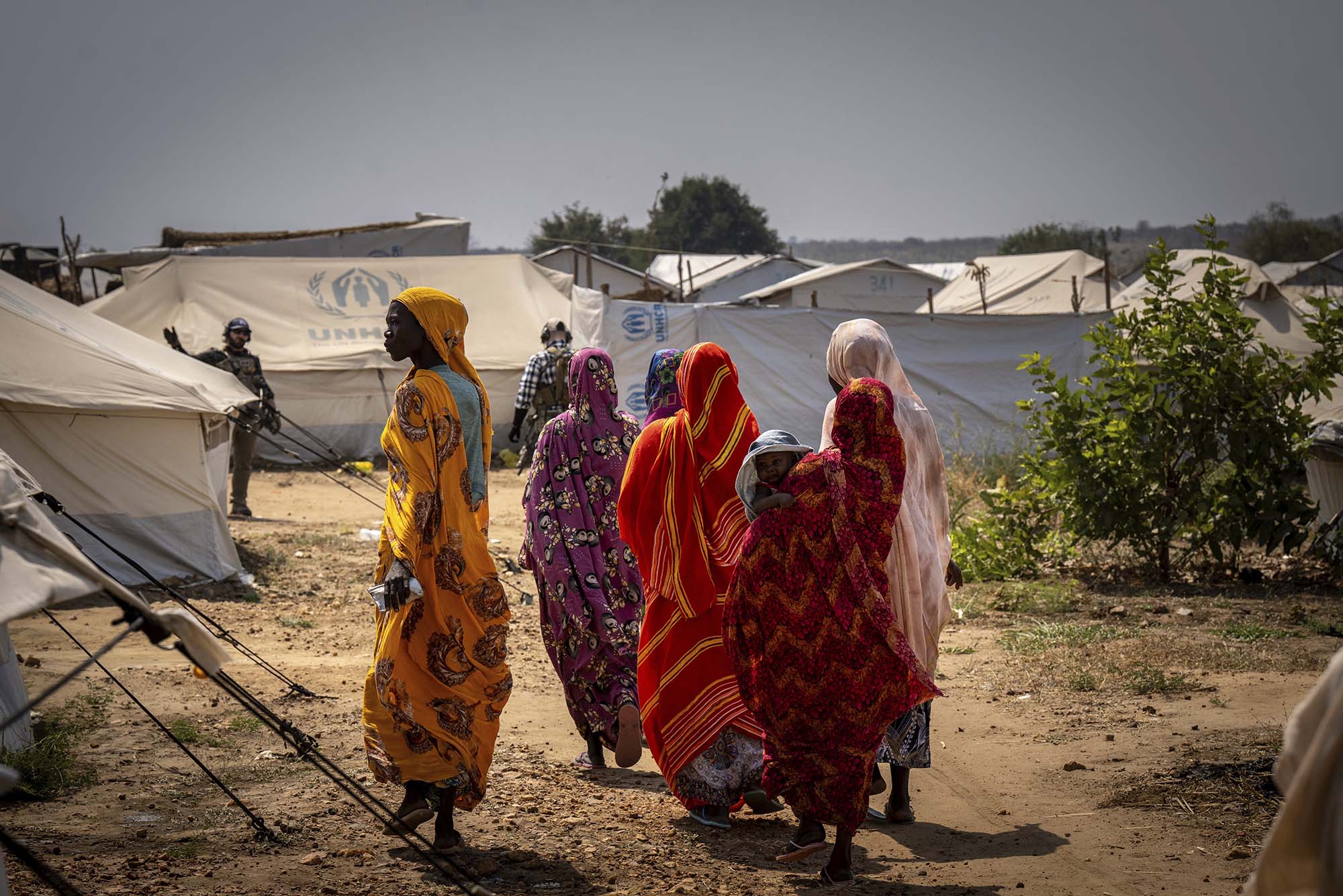There are certain truths that can only be told in darkened spaces. There are certain truths that can only be told in fiction. I sat in stillness, lost in a world of feeling as I watched the installation, “’I’m Not Sure How To Tell You’ from The Archive of K.Kalpana” written and performed by artist Rashmi Munikempanna. The installation offers us images and lingering questions regarding casteism, feminism and mental health narratives.
‘I’m Not Sure How To Tell You’ from The Archive of K.Kalpana
The description of the installation reads: The Archives of Kadudevandahalli Kalpana
K.Kalpana is a fictional character created by Rashmi Munikempanna.
Kalpana has worked as a freelance English teacher in various call centres in Bangalore for the past fifteen years. She walked away in September 2018 ‘in search of the miraculous’. The archival project, currently being put together by Rashmi Munikempanna, consists of work that was made for publication but never published. It exists in the form of photographs, writing, video, sound, and digital art. The work explores what it means to be diagnosed with mental illness and living in India. I’m Not Sure How To Tell You is a performance of spoken word and photography from The Archive of K.Kalpana.
The archival project, currently being put together by Rashmi Munikempanna, consists of work that was made for publication but never published. It exists in the form of photographs, writing, video, sound, and digital art. The work explores what it means to be diagnosed with mental illness and living in India.
Drawing her framework from the work of the feminist psychiatrist, Dr. Judith Herman (author of Trauma and Recovery) and Dr. Eleanor Longden, she documents a year of her struggle to keep the trauma of the violence she experienced from being subsumed within a psychiatric diagnosis. She also draws from English and Kannada literature, the feminist movement in India and the writings of Dr. B. R. Ambedkar in trying to have some kind of agency over origins and illness. While doing so, she addresses issues at the intersection of gender, caste, class and mental health in India and specifically Karnataka.
This body of artistic work and the work of creating this archive is an attempt to consider mental health, not as a therapeutic methodology, but as a way of politicising illness and addressing the structural causes of mental illness. The work also dismantles the disciplining of the gendered queer body, marked by caste and class, by the medical industry. The archive, which can be accessed online, is constructed as being in conversation with the Mental Healthcare Act, 2017.
Also read: Theatre For Change: Theatre For Engagement, Not Solely Entertainment
During the performance of “‘I’m Not Sure How To Tell You’ from The Archive of K.Kalpana” we hear the artist narrating vignettes from a fictional archive. “I woke up at 5:19 am. I slept at 2:45 a.m.”
Rashmi Munikempanna: Inspiring Figures
Rashmi Munikempanna is a visual artist, researcher, translator, and impassioned activist. In an interview, the artist discusses their installation,
“I would think it falls into a lecture-performance category. The performance is a mix of spoken word and photography addressing the issue of mental health – how it is understood, how it is diagnosed and how it is treated. The performance is part of a larger body of work, which is the creation of an archive of a fictional character K Kalpana. The archive currently consists of photographs and spoken word. It is a work in progress and will involve video and sound at a later stage.”
Rashmi Munikempanna further states,
“In terms of the issue itself, I felt the need to make work that addressed the issue of mental illness. The work is an attempt to go beyond the biomedical framework and look at mental health as a condition of contemporary living. This contemporary living as defined by the conditions of local contexts – so for example with India-patriarchy, caste, class and the resulting violence experienced because of these structures.”
Rashmi Munikempanna’s installation is a topical intervention into the public sphere that makes reference to the India Mental Health Care Act of 2017.
Curative Laws and Curatorial License: The India Mental Health Care Act
The “body of the condemned” in Foucault’s writings regarding disciplinary power is a body that marks “civility” as a passage from brute force to coercive care. The public performance involves a staged reading by Rashmi Munikempanna from K.Kalpana’s fictional archive. There is a repetition of routine in K.Kalpana’s narrative, one that resonates with Foucault’s writings regarding disciplinary power. Foucault argues that harsh forms of discipline are enacted against those who stray from ideals of citizenship. K.Kalpana’s archive offers repetitions of a failure to be disciplined; a refusal to normalise what Rashmi Munikempanna refers to as a natural responses to systemic injustice.
The artists states, “There seems to be a blindness in psychiatric institutions about lived experiences and the concentration is only on illness as biological and inherited – something that got discredited a long time ago after Hitler’s genocide of people with mental illness. Yet it continues to be followed. Because it is far easier to get the individual to take responsibility for their illness, pop some pills and carry on living in a society that produces their illness.”
Rashmi Munikempanna discusses the relationship between biopolitical schemes of governance, through which the “bodies of the condemned” that Michel Foucault makes reference to are held at a distance from the mainstream. Discourses of “health” and “sickness” are constituted in ways that cannot be addressed by a scientific diagnosis that refuses collective responsibility. ) As Michael Safi reports, drawing on the Lancet Study regarding female suicide,
“The suicide rate among Indian women was three times higher than what might be predicted for a country with similar geography and socio-economic indicators, the researchers said. The researchers speculated the link between suicide and marriage was due to the burdens of youth motherhood, the low social status afforded to wives in some households, the lack of financial independence and exposure to domestic violence.”
It is disturbing that silence is rewarded, while passion is medicated. As an artist and activist Rashmi Munikempanna discusses the importance of emotive politics,
“It is far more difficult to look at mental illness as produced by the societal conditions in which we live because the answer to that is activism, it is the making accountable of communities and institutions that refuse to break silences around gender and caste based violence.”
Anger is not Flattering: Dead on Arrival
Gayatri Chakravorty Spivak argues “The task of the translator is to see language as a clue to the workings of gendered agency.” The language of “mental illness,” of decreeing one to be ill has increasingly seeped into public culture in ways that refuse to acknowledge the history of subaltern rage as a precursor to political upheavals.
Rashmi Munikempanna’s work resonates with Black feminisms. As bell hooks writes, “In Morrison’s first novel, The Bluest Eye, her narrator says of the dehumanized colonized little black girl Pecola that there would be hope for her if only she could express her rage, telling readers “anger is better, there is a presence in anger.” Perhaps then it is that “presence,” the assertion of subjectivity colonizers do not want to see, that surfaces when the colonized express rage.” (hooks quoted in Kim, 52)
hooks discusses the resistance on the part of psychiatrists to acknowledge anger as a rational response to murder. As bell hooks writes, “They named it pathological, explained it away. They did not urge the larger culture to see black rage something other than sickness, to see it as a potentially healthy, potentially healing response to oppression and exploitation.” (hooks, 12-13)
“I can’t breathe.” “I can’t breathe.” “I can’t breathe.” “I can’t breathe.” “I can’t breathe.” These were words that George Floyd, an unarmed Black man uttered in multiple numbers that white copyeditors and researchers must find exact numbers for, in order to avoid any human feeling and moral reckoning. As Zadie Smith writes “He was alerting the officer to the fact that he was about to die. You’d have to hate a man a lot to kneel on his neck till he dies in plain view of a crowd and a camera, knowing the consequences this would likely have upon your own life.”
Caste is a virus that lurks everywhere and nowhere, unspoken in murderous, polite, silences. Perhaps in some small way, an artist can still tell the truth. Rashmi Munikempanna leaves us with lasting images that produce unresolved feelings not contained by e-mojis and the finality of resignation letters. Gendered and caste-based violence often gains public attention where there is bloodshed. Yet, the power of artistic work lies in how it refuses to remain silent about intimate pain.
Black bodies are diagnosed by white doctors for exhibiting symptoms of sadness and rage that appear like open sores on the surface of rich white nations. Rashmi Munikempanna refuses to depoliticise “mental health” and “sickness.” In On the Sleeve of The Visual: Race as Face Value, Alessandra Raengo states, “The fact that visual codes of race, for which “black” and “white” constitute the paradigm, continue to secure their referent — or more problematically, but also more frequently, that they continue to be read as portrayals — prompted the guiding question for the present study: What image ontology is needed for race to (still) be read on the surface of some body?”
The use of the name “K.Kalpana” with the letter “K” signifies in interesting ways. The adoption of letters rather than names begs questions regarding caste in contemporary urban India. The unknowing of names can be freeing for those marked by an oppression of letters, and it can be appeasing to those who bury generations of hatred in letters.
Also read: The Big Fat Company: Exploring Body Politics Through Theatre
The use of the name “K.Kalpana” with the letter “K” signifies in interesting ways. The adoption of letters rather than names begs questions regarding caste in contemporary urban India. The unknowing of names can be freeing for those marked by an oppression of letters, and it can be appeasing to those who bury generations of hatred in letters. The same is true of the constant refusal to acknowledge the all encompassing power that skin colour has to determine success, societal validation, and empty platitudes of “love.”
Art is always public. Art is always political. A work of art is a societal archive, a political mirror, a hope for all that is unrealized in the material world.
Tara Atluri has a PhD in Sociology. She completed postdoctoral studies as part of the research project, Oecumene: Citizenship After Orientalism. Dr. Atluri is the author of two scholarly books Uncommitted Crimes: The Defiance of the Artistic Imagi/nation and Azadi: Sexual Politics and Postcolonial Worlds and works as a university lecturer. Tara also participates in feminist and artistic initiatives, transnationally.




